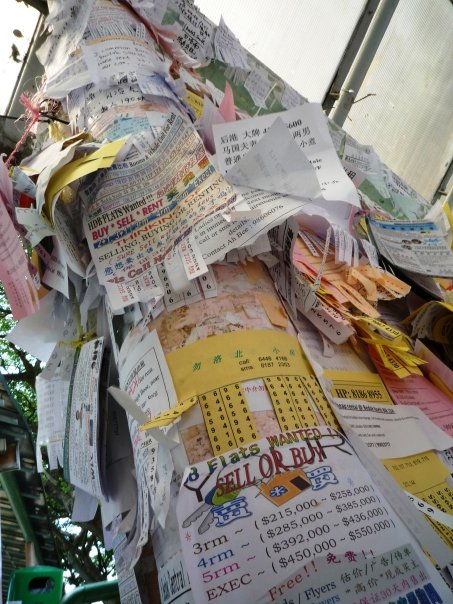Writing a press release can be intimidating. Google is choked with suggestions on PR templates, formats, press release services, and distribution companies. How are you supposed to know what to do? Someone recently asked me for press release suggestions to help market her upcoming book, so I’ve put together this post on the topic to cut through some of the noise.
What’s the point of a Press Release?
People write press releases because they want… press. It’s pretty simple. You want to use the media to draw people’s attention to your product or event. In the old days, that meant writing a press release compelling enough that a journalist would contact you for more information and write up a story.
It still works that way sometimes, but not always. Everyone produces and consumes information differently now.
These days, a press release can live on the internet forever. Any links incorporated in the release can continue to direct traffic to your website for years into the future. The way press release distribution companies interact with Social Media and news outlets are changing too. Content can be distributed to sites automatically without an editor even looking it over.
All that to say, even if your release doesn’t end up in the New York Times or your local 6 o’clock news, doesn’t mean it was a waste of time or money. You can still get plenty of attention with a well-written press release.
How do I write a press release?
Here are some basics:
1) Your title must be pithy and memorable. The old newspaper adage goes, “‘Dog Bites Man’ is not a story. Man Bites Dog, is.” Journalists stare at press release abstracts for hours a day. You have to stand out from the crowd in the title.
2) Journalists are overworked and underpaid. If the copy you write is decent enough, some websites and news outlets will repost the whole release without changing a word. This means that: A) Your copy must be grammatically pristine. B) You need to format your press release like a newspaper article.
3) What is newspaper format, you ask? Newspapers use what’s called an “inverted pyramid,” to organize their articles. The most vital information goes on top, everything else is just supporting data. You want to lead with the gist of the article and fill it out from there.
4) Have an angle. Just one. What’s the story your press release is telling? It’s not enough for you to blather on about how great your widgets are. You have to provide information that matters someone else. Something that’s newsworthy. Look at it from the publication’s viewpoint. What is an intriguing enough premise for them to risk publishing your story over all the others?
5) Quotes are good to use. The more reputable or recognized the person you’re quoting the better.
6) Links are also good absolutely essential. To your blog. Your Amazon page. Review sites. Wherever you want people to end up after reading your press release.
7) Write for the right audience. Publications want to connect their readers to stuff that matters to them personally. This means, connecting to the local market, telling a personal story, or tapping into a national trend that is of interest to the target audience.
8) Be bold. This is not the time to hide behind politeness. If you can legitimately claim something revolutionary then claim it. A press release is marketing after all.
9) Be concise. This is not the place to publish your manifesto. A page or two in length at the very most. Less is more.
10) High quality pictures (that you own the rights to) are good to incorporate. As are professionally produced videos.
11) Lastly, and very importantly: Add your contact information. Including a name, phone number, website, and email address. It does no good to get people excited about your press release if they don’t know where to go to buy your stuff or attend your event. Make sure that they can get in touch with you for additional questions too.
Something Else to Consider
Think about working with other people or organizations on joint press releases. Companies are dying for success stories. If a product or organization has given you a boost to become successful have them use your work as a “case study.” When you contact them, let them know that you’re wanting to promote their product alongside your own. They may end up paying for and writing the release themselves. Either way, you both get publicity. So it’s a win-win.
What do I do after I’ve written a press release?
Now you need to get it from your desktop to the waiting world. Which means you will need to pay for press release distribution. It’s next to impossible to get any mileage out of a press release without paying. The more you pay, the better the results, sad, but true.
There are plenty of decent distribution services out there. It would take a whole other post to weigh the pros and cons of each one. I recommend using a service that interacts well with social media, and archives the release online in perpetuity.
I hope this information was helpful to you. If you have any questions just leave them in the comments section below.
Thanks!



